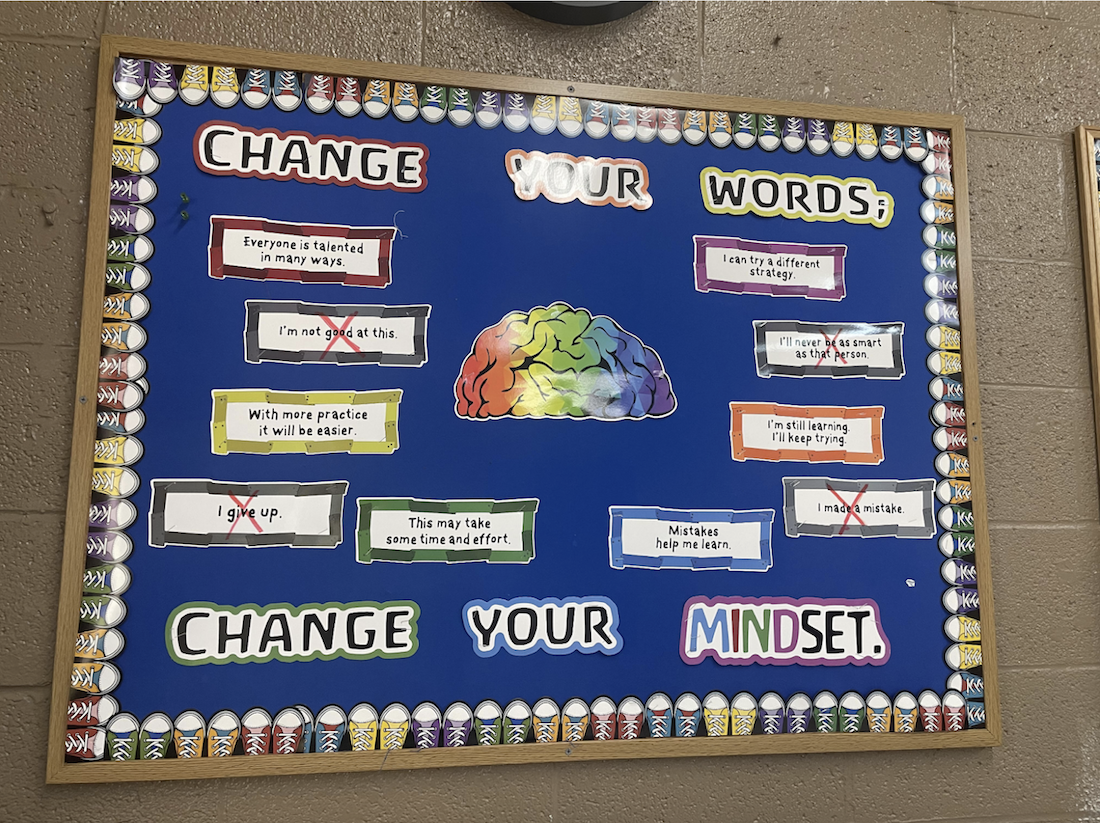Throughout an academic school year, students will spend an average of 180 days in school. Because the classroom is one of the primary spaces in which our students experience the world, we have an obligation to utilize this space intentionally by bringing our students’ cultures and experiences into the classroom, and by promoting a culture of learning within the classroom.
 Our students must first feel safe and comfortable in our classrooms before they can take on the task of learning. In order to foster this environment, we must learn the cultures of our students and the broader community, and cultivate our classroom in a way that acknowledges and represents that culture. We can provide our students a physical space in which their identities and voices are appreciated and valued. Acquiring this necessary cultural knowledge can be done by using take-home surveys, asking intentional questions, and setting aside time to talk to your students. For example, on the first day of school last year, I surveyed my students about the best grocery store in the community, and an overwhelming majority voted for Supermercado Morales. As I ventured to this supermercado, I bought candles with depictions of La Virgen de Guadalupe and San Juan Diego there to have around my classroom in efforts to reflect my students’ homes. By knowing their culture outside of the classroom, I was able to create a space of safety and comfort.
Our students must first feel safe and comfortable in our classrooms before they can take on the task of learning. In order to foster this environment, we must learn the cultures of our students and the broader community, and cultivate our classroom in a way that acknowledges and represents that culture. We can provide our students a physical space in which their identities and voices are appreciated and valued. Acquiring this necessary cultural knowledge can be done by using take-home surveys, asking intentional questions, and setting aside time to talk to your students. For example, on the first day of school last year, I surveyed my students about the best grocery store in the community, and an overwhelming majority voted for Supermercado Morales. As I ventured to this supermercado, I bought candles with depictions of La Virgen de Guadalupe and San Juan Diego there to have around my classroom in efforts to reflect my students’ homes. By knowing their culture outside of the classroom, I was able to create a space of safety and comfort.
 While we must provide a mirror within the classroom for students to see themselves, we must also offer a window for students to get to know our culture, background, and interests. Being vulnerable and showing our humanity to our students increases their comfort in the classroom and trust of us as teachers. Showing one's own humanity can manifest in placing photos of family and friends near our desk, putting up a Notre Dame flag, or simply sharing our interests. Last year, I shared with my students that I am a “foodie,” and this basic information led to countless food-related gifts throughout the year, including tamales, fresh picked eggs, and tres leches cakes.
While we must provide a mirror within the classroom for students to see themselves, we must also offer a window for students to get to know our culture, background, and interests. Being vulnerable and showing our humanity to our students increases their comfort in the classroom and trust of us as teachers. Showing one's own humanity can manifest in placing photos of family and friends near our desk, putting up a Notre Dame flag, or simply sharing our interests. Last year, I shared with my students that I am a “foodie,” and this basic information led to countless food-related gifts throughout the year, including tamales, fresh picked eggs, and tres leches cakes.
Once we craft a space in which our students feel comfortable and safe, then we are able to best build a culture that promotes learning. Making learning accessible to all students is the first step in fostering this culture. As many of my ACE professors say, “Wall space is prime real estate.” Our walls should be decorated with anchor charts, reference charts, sentence stems, and word walls, because how we utilize our physical learning space speaks volumes to the overall learning environment of our classroom. Another way to establish a culture of learning is by promoting a class motto. The first thing my students see when they come into my classroom is a bulletin board that promotes our class motto of having a growth mindset.
As Catholic school teachers, we are not only teaching a child’s mind, but also their heart and soul. Let us honor this call by being more intentional about the space where we spending the majority of our time. May this space be a mirror for our students’ realities, a window into us as the teacher, and a place that evokes a high cognitive energy.
 Alliance for Catholic Education
Alliance for Catholic Education
